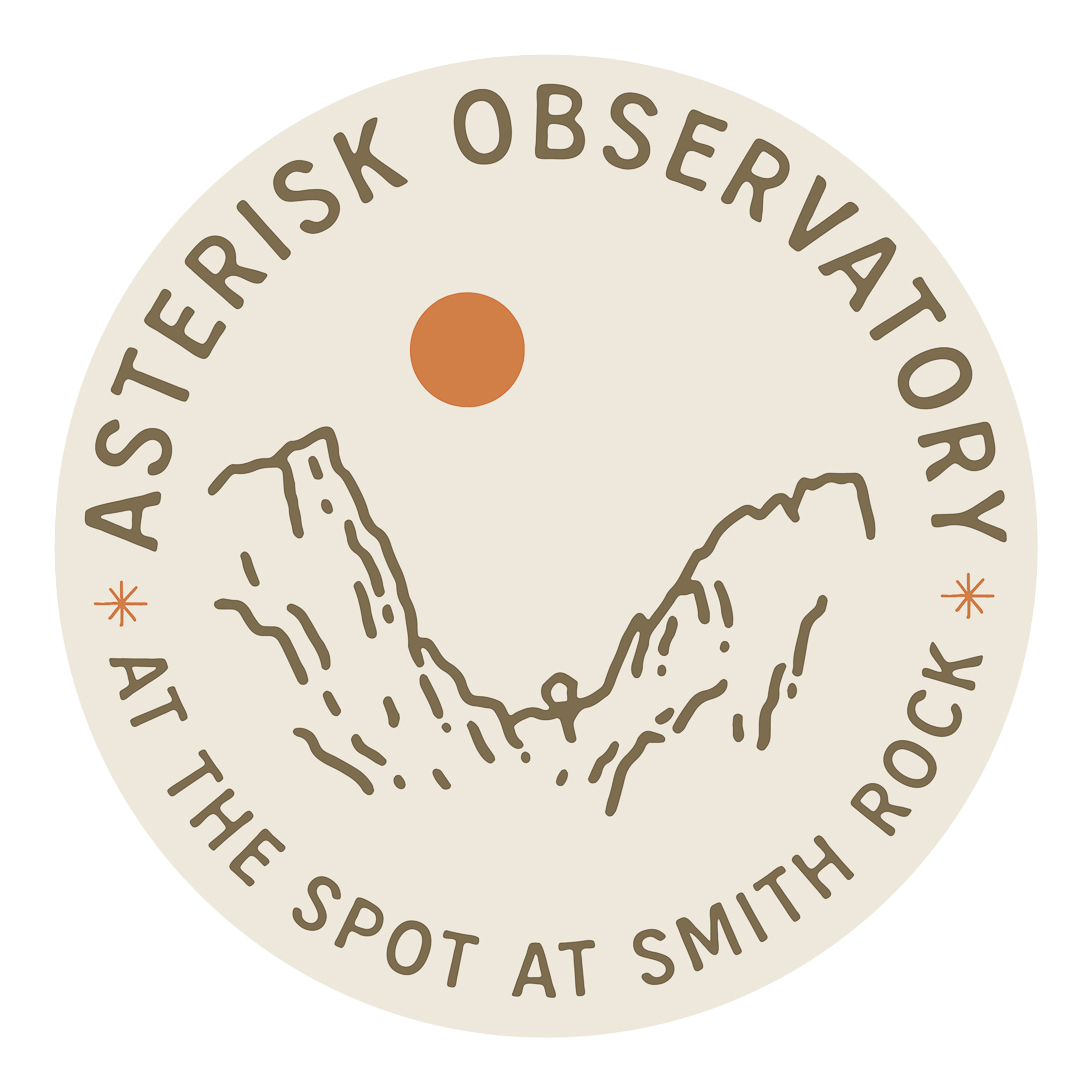Comet season
It’s comet season! Note that by that, I mean that there are currently a collection of rather remarkable comets visible in the sky. It’s also Milky Way season! By that, I mean a different thing. Namely, every Fall, the position of the Earth in the Solar System and the tilt of Earth’s axis make it so that the Milky Way stretches high overhead in the early evening just as it gets dark. Grab a blanket, head to a dark sky location, and see for yourself.
But this post is about comets and comet season!
When I’m not out running Asterisk Observatory, I’m in the classroom teaching astronomy. Recently, we talked about comets in Introductory Astronomy, so we made one in class. Comets are often referred to as ‘dirty snowballs’ because, well, they’re mostly made of ice (both dry ice and frozen water) with a bit of dirt thrown in the mix.
Making a comet in the classroom.
Comets are primarily composed of CO2 ice (dry ice), H2O ice, silicates (e.g. SiO44-), organic compounds [e.g. methane (CH4) and methanol(CH3OH)], ammonia (NH4).
Here’s how we made our comet in the classroom. Put the following ingredients in a plastic dishpan lined with a plastic grocery bag, in this order:
Half a bag of dry ice crushed to smithereens with a rubber mallet (wear gloves and safety glasses for this part). Dry ice can be purchased at some grocery stores for about $10/bag.
A few pinches of dirt or sand (I collected this from my back yard)
A squirt or two of glass cleaner with ammonia (I used a brand that does not have ammonia in it because I can’t stand the smell of ammonia based cleaners, but had a discussion with the class that that was the ingredient we were after)
A few pinches of sugar. I use organic sugar. When we describe food as organic, that describes the farming practices used to produce the food. But I find that having the word ‘organic’ on the sugar helps students remember that it is our substitution for ‘organic compounds’ that are made up of Carbon, Hydrogen, and Oxygen atoms.
Mix the previous ingredients together, then pour a water bottle into the bag. The dry ice will steam profusely at this step.
Wearing thick gloves, apply pressure to the comet to form it into a solid mass. If you don’t add enough water, it may not stick together very well and you may get multiple chunks of smaller comets instead of a single large comet.
Once the comet is made, I like to demonstrate the formation of the tails of the comet, which are produced as a result of solar wind. Comets come from the furthest reaches of the solar system, in a region called the Oort Cloud (say that out loud…it’s fun to say!). If they experience a gravitational interaction that kicks them out of the Oort Cloud into the inner solar system, then they will grow a tail as they get close to the sun. The solar wind is what causes the comet to have a tail, so no matter what direction the comet is moving in, the ion tail (made of gases evaporating off the surface of the comet) will always point directly away from the sun. A dust tail will also form as particles of dust evaporate off the surface of the comet.
There have recently been multiple comets visible in the night sky. My favorite place to find information on viewing comets is from https://theskylive.com/comets.
Currently, the brightest visible comet, C/2025 A6 (Lemmon) can be seen just after sunset below the Big Dipper. Grab a pair of binoculars and see if you can spot it in the northwest.
Recently, Comet 3I/ATLAS was in the news. It is the 3rd comet we’ve detected that has come from outside the Solar System! Even at its brightest, Comet 3I still required a telescope to see it.
Happy Comet Hunting!


